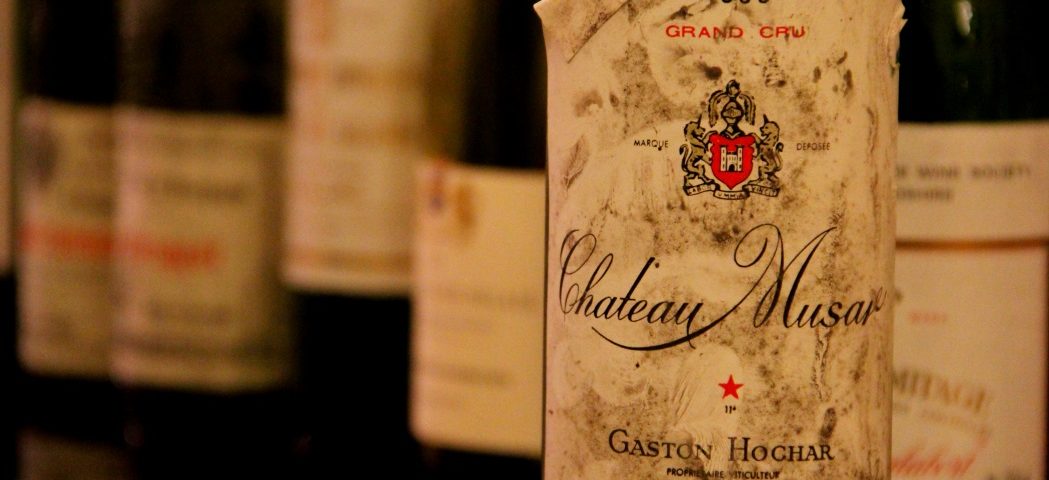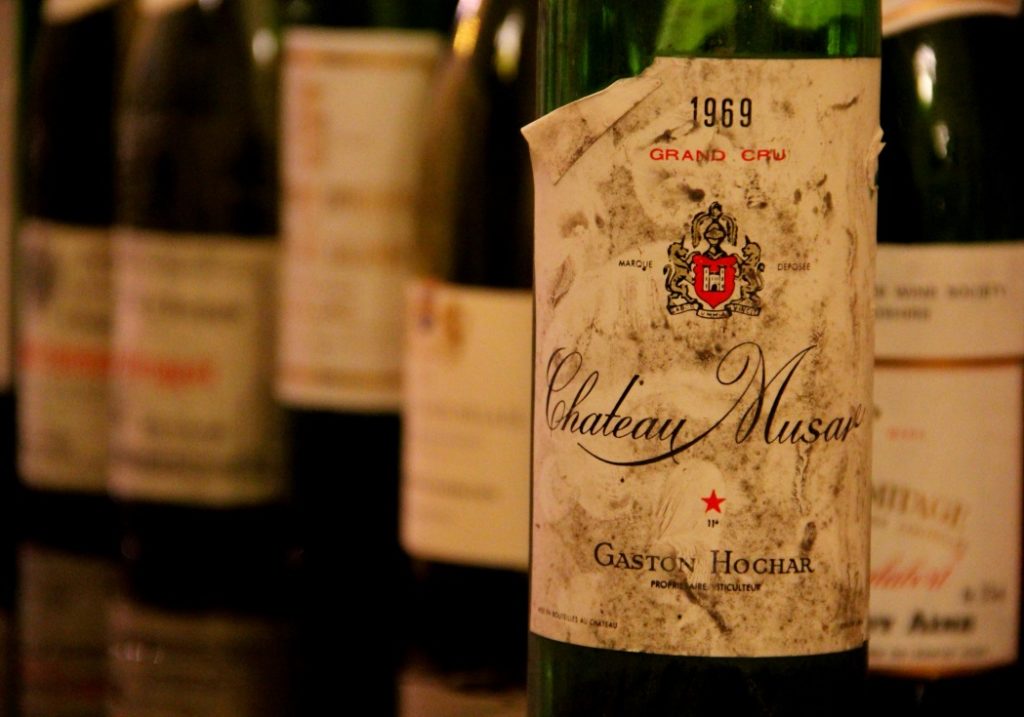[twitter style=”horizontal” float=”left”]
[fblike style=”standard” showfaces=”false” width=”450″ verb=”like” font=”arial”]
As WineTrust’s selection grows ever more diverse and cosmopolitan, we believe it is about time to introduce you to some our most revered and unique producers from across the globe. This time round, the producers hail from one of the smallest of nations, with one of the greatest winemaking traditions.
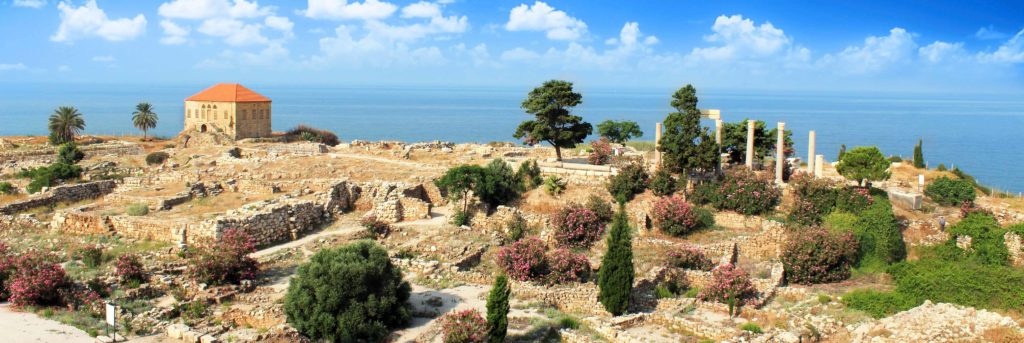
An Ancient Tradition
The smallest country in continental Asia, Lebanon sits aside the Mediterranean on the Western side of the Fertile Crescent, a historic agricultural region. Coined the Cradle of Civilisation, it is also considered a birthplace for wine production, at least for the Mediterranean region. The wines from Byblos – an ancient settlement as early as 8800BC – were believed to have been exported to Egypt during the Old Kingdom (2686BC-2134BC).
Lebanon’s international spread was only increased by the seafaring Phoenicians, who developed a sophisticated network of trade routes and holdings along the Mediterranean coastline. In a major archaeological feat 16 years ago, decanters and wine cargo stored in ceramic pots were discovered in the oldest ever deep sea ship wreck, believed to date back to 750BC. Wine was an integral part of their society; Phoenicians even dedicated a god to grape harvests, winemaking and wine – Dionysus.
A Modern Renaissance
Over time and civilizations, Lebanon fell into the hands of the caliphate, so wine making inevitably declined. Now in a region beset by modern warfare, it has undoubtedly been a struggle for remaining producers.
In the aftermath of the Lebanese Civil War, there were only 5 registered wineries in the late 1990s. However, Lebanon is now one of the most exciting wine regions to behold, with a revival well under way in this time-honoured wine region.
Lebanese wine marches resolutely on, keeping alive a rich tradition and heritage that ought to be continued – testament to all those involved.
*
CHÂTEAU MUSAR
Château Musar: 85 Years in the Making
Despite a recent upsurge in conflict – notably Israeli and Hezbollah clashes in 2006 and turbulence in the region as a whole, not least neighbouring Syria – Lebanese wine continues to grow from strength to strength.
One remarkable feat is the continued presence of Château Musar. The winery was established by Gaston Hochar in the family’s 18th century castle at Ghazir, a Maronite Christian enclave north of Beirut. In Arabic known as M’zar: a place of extraordinary beauty or shrine to be visited, one can see where the name drew inspiration.
Established in 1930, it has faced more adversity and conflict than most; having survived the 15 year civil war and much else, Château Musar has only on two occasions failed to release a vintage.
Despite the dire situation at home, the Château was somewhat helped by its successes in Europe. In the Bristol Wine Fair in 1979, MW and Critic Michael Broadbent ‘discovered’ Musar – such was its first impression he hailed it the “Find of the Fair”. It was not just the people who persevered – the wine in question, a 1967 vintage, was once again picked out in a tasting 30 years later, Broadbent awarding it four stars.
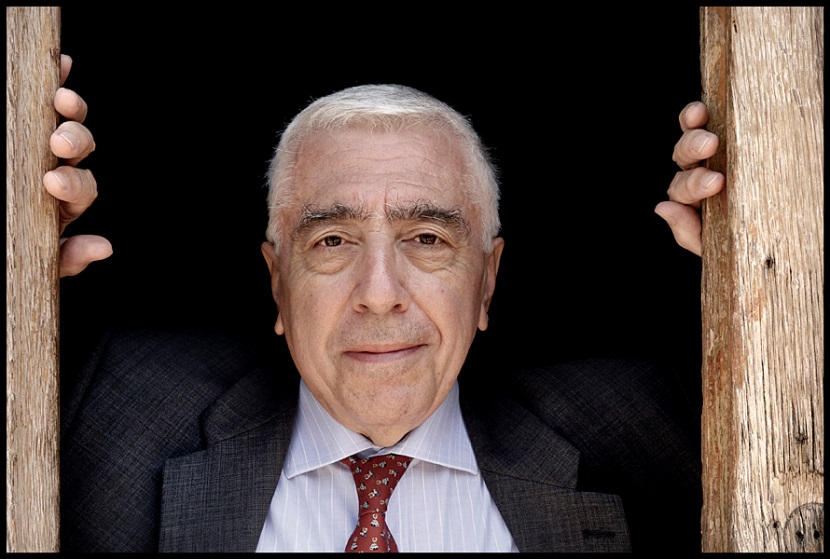
Musar’s European market took off, establishing a base in the UK to develop its sales. In 1984, in the midst of the conflict, Decanter Magazine duly recognised the late Serge Hochar’s dedication to producing the best quality wines in such testing times, awarding him for their first “Man of the Year Award”.
Serge, having taken over the winemaking realms at the youthful age of 20, made it his duty to make Musar wine world renowned. He spent 18 years perfecting the formula for Château Musar’s Red, and was regarded as one of the most devoted – and colourful – individuals in his field.
The driving force in promoting Musar worldwide, Serge sadly died at the end of last year; a tight knit and dedicated family and team continue his legacy.
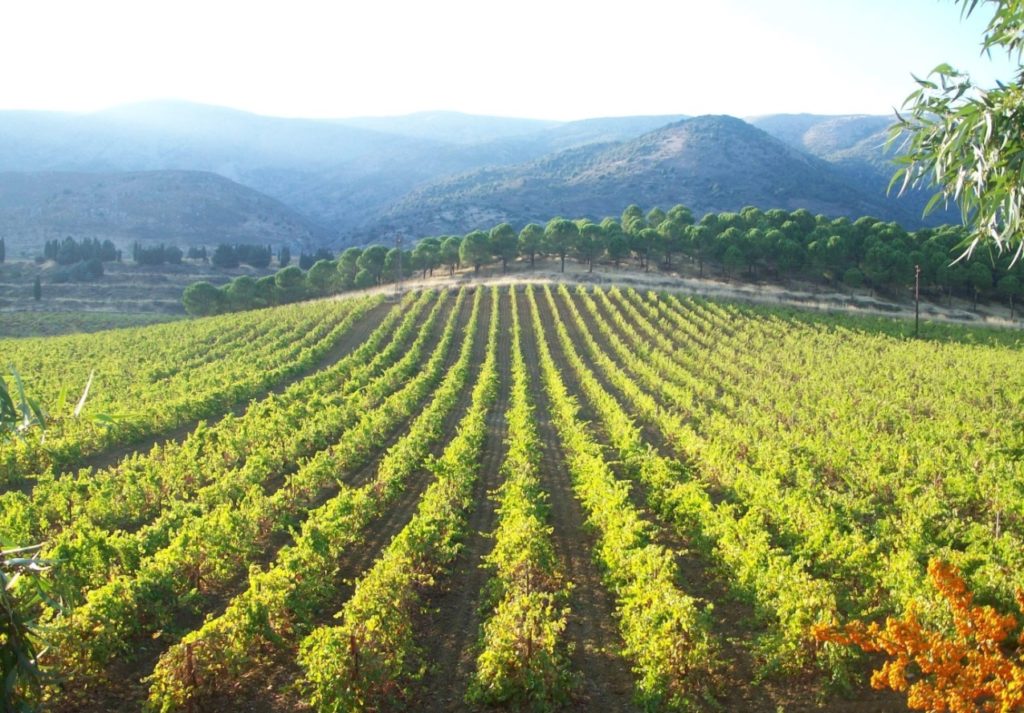
The Bekaa Valley: Lebabon’s Finest
Musar’s vineyards lie in the beautiful but sometimes besieged Bekaa Valley. Two and a half hours from the winery, Château Musar has gained access to some of best terroir Lebanon has to offer.
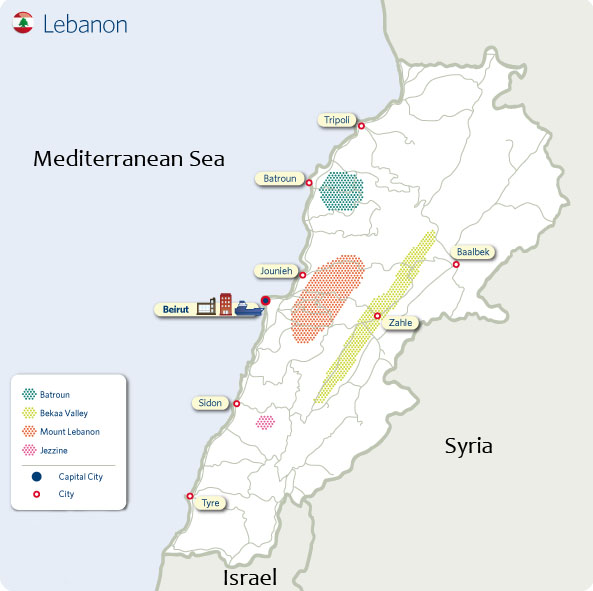
Further south than any other vineyard In Spain and Italy, strong summer sunshine is in abundance. This is coupled with the valley’s relative altitude; at 1000 metres above sea level cool nights often prevail, resulting in extended ripening periods for the grapes. The calcareous, grave and stone soil the vines sit on further encourage the production of high quality crops. As well as producing their renowned reds, Musar also source local grapes for the production of rosé and white wine.
Musar’s vineyards are a prime example of how Lebanon’s climate and geography hold so much potential for wine production. The Château holds vineyards with an array of soil types and aspects, allowing the crafting of exciting and complex wine blends…
Château Musar’s Wine: A Family Recipe
At Château Musar, they believe the best things come to those who wait…
The ageing of the wine is integral to the production process. Cabernet Sauvignon, Cinsault and Carignan grapes from different vineyard sites are fermented over a four week period, before being racked 6 months after harvest for the first round of ageing. The wines spend 12 months in French Nevers oak barriques, after which they are blended to reflect the strengths and individual characteristics of the vintage. Bottled at 3 years following the harvest, the final blend is not released until its 7th year.
 At WineTrust we are proud to have one of the best vintage blends on offer. A modern day classic, Musar believes this might even rival the legendary 1959 vintage.
At WineTrust we are proud to have one of the best vintage blends on offer. A modern day classic, Musar believes this might even rival the legendary 1959 vintage.
1999 was an exceptional year – with a mild winter and a “cool” summer through July and August, before a hot September perfectly ripened the grapes. Yields were even lower than normal at 25hl/ha. The even growing season resulted in wines of great concentration, fruit intensity, good acidity and silky tannins.
This inconic and iconoclastic wine is a fine example – with bold notes of cassis, griotte cherry, vanilla, soft spice and dark chocolate; rounded, savoury with a long velvety finish.
Enjoy with slow cooked spiced lamb, couscous and dried stone fruits, roasted pine nuts and charred lemon wedges. Of course, a perfect partner to Middle Eastern cuisine, we just ask you decant it first!
“Musar 1999 – “It rocks. It’s harmonious, complex, exotic and more-ish. This is world class wine. Lovely now but will continue to develop for ages”. Dr. Jamie Goode.
£28.00
 After something a little more youthful? Sporting the name Jeune – the French for young – this is an alternative range made by the Château, bottled after 11 months to preserve the vibrant fruit flavours, freshness and true character of the vintage and terroir. This wine is characterised by intense and concentrated red cherries and berry fruits, balanced with soft tannins and a long finish.
After something a little more youthful? Sporting the name Jeune – the French for young – this is an alternative range made by the Château, bottled after 11 months to preserve the vibrant fruit flavours, freshness and true character of the vintage and terroir. This wine is characterised by intense and concentrated red cherries and berry fruits, balanced with soft tannins and a long finish.
Musar hailed the 2011 vintage as one of the most challenging in modern times, although this time round Mother Nature was to blame. A distinct lack of rain early on in the year was replaced by deluges in April and May, resulting in very late maturation. Only the 1983 vintage was later, the harvest completed by the 13th October.
Again, native and regional cuisine would not go amiss – pair with soft spiced dishes, meats and dried fruits. Try cooling down for the summer, pop in the fridge for 10 minutes. A wine made young to be drunk young, but will keep for the next two years or so.
£11.50
[twitter style=”horizontal” float=”left”]
[fblike style=”standard” showfaces=”false” width=”450″ verb=”like” font=”arial”]

